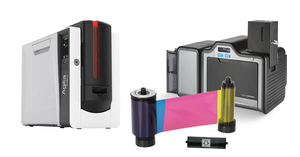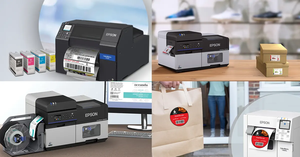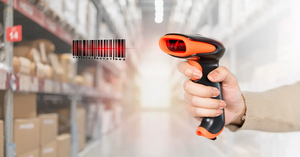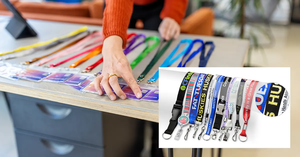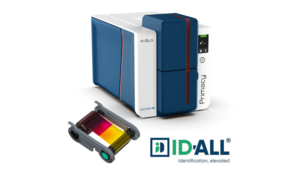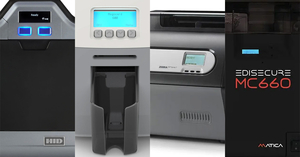Why School ID Cards are a Good Idea

Identification cards keep a school or campus safer for students and faculty because it’s easy to instantly identify who belongs and who doesn’t. Visitors are usually issued some form of temporary ID card to make them readily recognizable. In this way, it’s immediately noticeable when someone doesn’t have a valid reason for being in the school or on the campus.
There are few schools today that don’t issue some kind of ID security card to staff and/or students, from elementary schools to large university campuses. Usually a security precaution, ID solutions run the gambit from a simple photo ID badge to a smart card with imbedded technology for multiple functionality.
Low-tech uses for ID cards
An ID card with a color photo, name, and other identifying information like grade level or staff position is a basic necessity in today’s school environment. These cards can be used as identification when students and staff need to enter or leave the building during school hours when doors are normally locked.
A step up from these basic cards are those containing a magnetic stripe or a bar code that perform simple tasks, like swiping to open a door or scanning the bar code to check out books in the library. This involves a lot of wear and tear on ID cards that are constantly swiped and reduces its lifespan.
High-tech uses for ID cards
There are both contact and contactless “smart” ID cards that provide a host of functions for school administration. These cards are embedded with a microchip that can be programmed by the school administration on the back-end. Each card has a unique ID number assigned to an individual, and all information available for that person is maintained on a computer system. You can add additional functionality instantly to all cards from the home office.
Readers for smart cards can be installed anywhere: in the classroom, the library, the gym, the cafeteria, on buses, in labs—the list goes on. This makes keeping track of students’ and staff’s whereabouts an automated function that adds a layer of security. In case of violence in schools, with smart ID cards, administration can know at a glance where students are and help direct first responders to those areas needing assistance.
A day in the life of a smart card
Imagine a new student starts school on a Monday. She has her picture taken and is issued a smart ID card that she wears at all times on campus. When she goes to class, the reader marks her as present and also notes when she leaves class to let administration know if she spent the entire period there or left early.
Next this new student stops by the campus bookstore to pick up textbooks and pays with her ID card, which is connected to her student account. She’s then off to lunch at the cafeteria where again she pays with her ID card.
Her next class is a computer lab where the reader takes her attendance, and her assigned computer uses her ID card to identify what she has access to on the computer and the internet. She inadvertently tries to get into a school system online that’s blocked from students, and she’s denied access.
Automating attendance and tracking movements frees up administration and faculty to focus on other, more important aspects of education. And if a student is missing, it’s easy to tell where he or she was at any given time of day.
Final thoughts on student ID cards
If you already have an ID card program in your school and want to upgrade, it doesn’t necessarily mean you need to buy a whole new system. Some smart cards will work with older technology. Your best bet is to contact a trusted supplier who can walk you through your requirements and find the perfect solution to match your budget.
Click here to get more information about student ID cards and how they can help streamline your administrative functions and the safety of your schools. Or better yet, call one of our experts today to help guide you to the right system.
